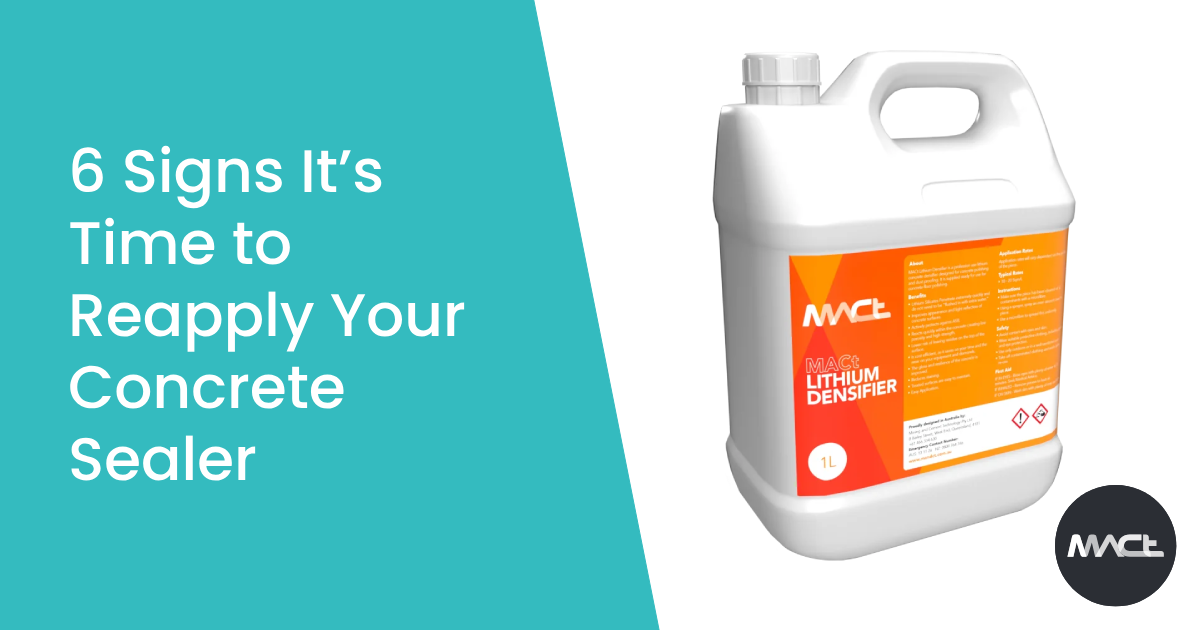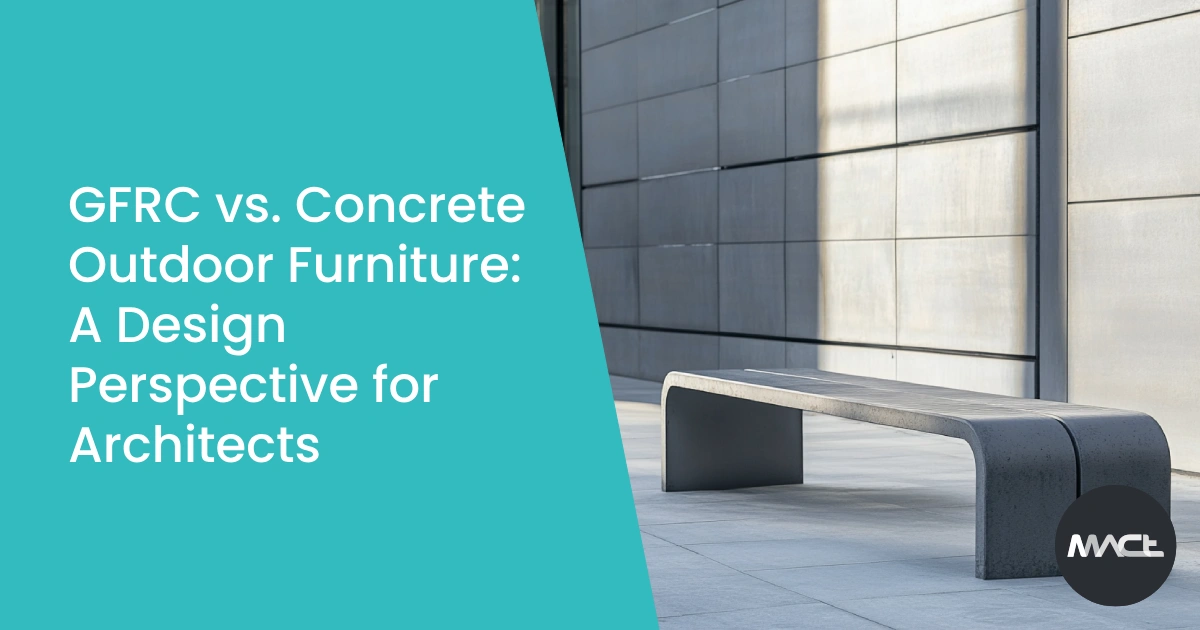1. Visible Wear and Tear
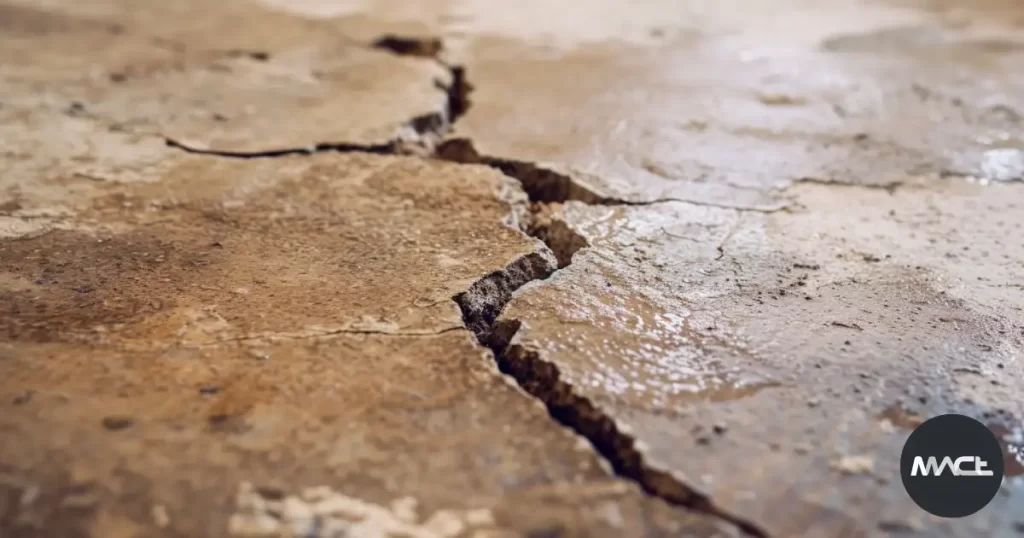
The most apparent sign that your concrete sealer needs reapplication is visible wear and tear. Over time, foot traffic, vehicles, and environmental factors can erode the sealer, leaving your concrete vulnerable. Look for signs such as:
- Fading: If the concrete surface appears dull or faded, the sealer is likely losing its effectiveness.
- Scratches and Scuffs: High-traffic areas may show scratches and scuffs, indicating that the protective layer is wearing thin.
- Stains: Increased susceptibility to stains, such as oil, grease, or rust, suggests that the sealer is no longer providing adequate protection.
If you notice these signs, it’s time to consider reapplying the sealer to restore the protective barrier and keep your concrete looking its best.
2. Water Absorption

A well-sealed concrete surface should repel water effectively. One of the simplest tests to determine if your concrete needs resealing is the water absorption test. Here’s how you can perform it:
- Sprinkle Water: Pour a small amount of water onto the concrete surface.
- Observe: Watch how the water behaves. If the water beads up and remains on the surface, the sealer is still doing its job. However, if the water quickly soaks into the concrete, it’s a clear sign that the sealer has worn off.
Water absorption can lead to several problems, including cracks from freeze-thaw cycles, mould growth, and other moisture-related damage. Reapplying the sealer will help protect your concrete from these issues.
3. Peeling or Flaking
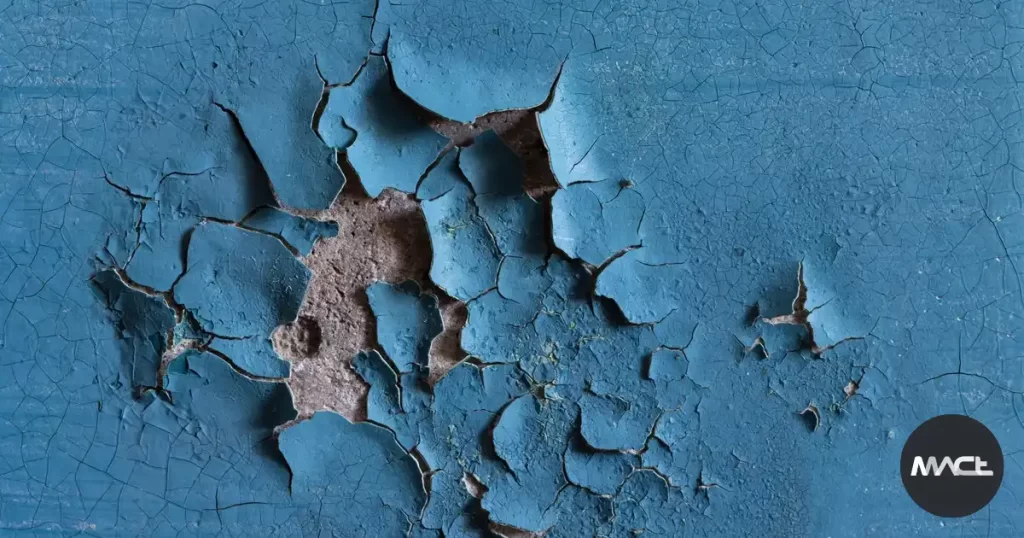
Over time, exposure to UV rays, chemicals, and temperature fluctuations can cause the sealer to peel or flake off. This is particularly common with film-forming sealers, such as acrylics, which create a visible layer on the surface. Signs of peeling or flaking include:
- Chipped Areas: Small, chipped areas where the sealer has lifted away from the concrete.
- Uneven Surface: Sections where the sealer is missing, creating an uneven appearance.
When you notice peeling or flaking, it’s essential to address the issue promptly. Not only does it diminish the aesthetic appeal of your concrete, but it also leaves the surface vulnerable to damage.
4. Discolouration or Yellowing
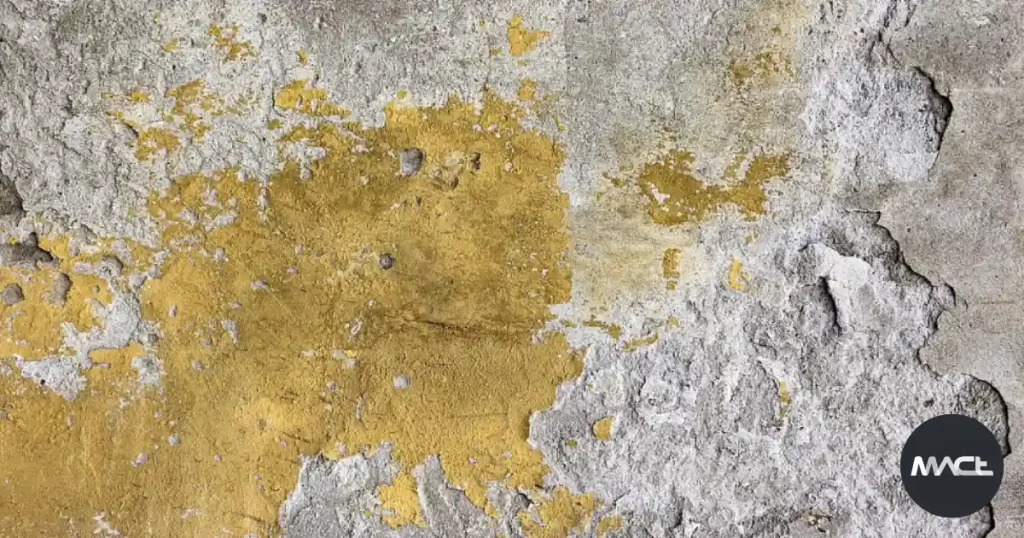
Discolouration or yellowing of the concrete surface can indicate that the sealer has degraded. This is often due to prolonged exposure to sunlight and UV rays. While some sealers are UV-resistant, others may not hold up as well over time. Discolouration can manifest in several ways:
- Yellowing: A yellowish tint on the concrete surface, particularly common with certain types of sealers.
- Uneven Colour: Patches of discolouration where the sealer has worn away more quickly.
If you notice any discolouration or yellowing, it’s a sign that the sealer is no longer providing adequate protection, and it’s time to reapply a fresh coat.
5. Loss of Shine
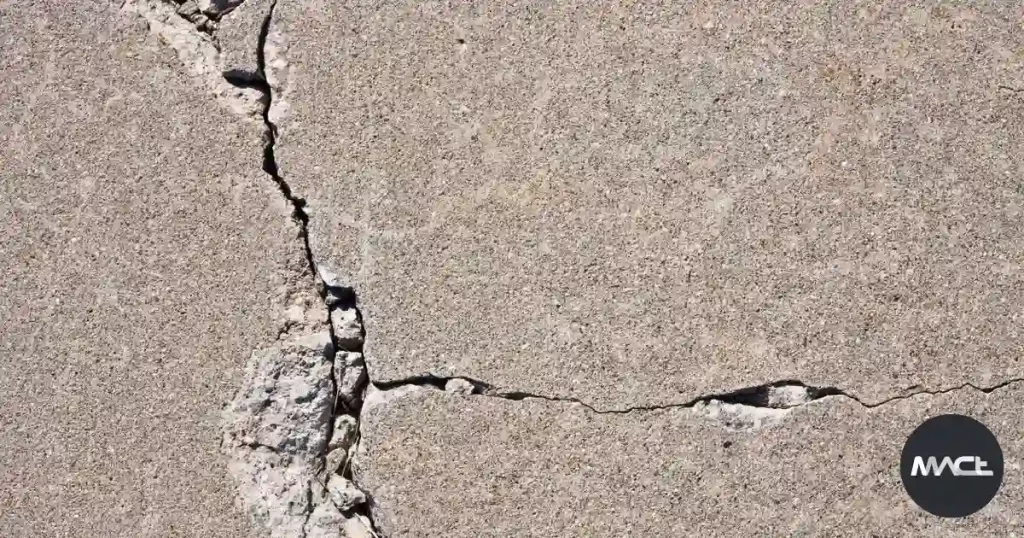
Many concrete sealers, especially those used on decorative concrete, are designed to provide a glossy or satin finish. Over time, the sheen of the sealer can diminish due to wear and exposure to the elements. Signs that the sealer is losing its shine include:
- Dull Appearance: The concrete looks flat or matte instead of shiny or glossy.
- Worn Spots: Areas with higher traffic may show a more significant loss of shine compared to less frequently used sections.
A loss of shine not only affects the aesthetic appeal of your concrete but also indicates that the protective layer is wearing thin. Reapplying the sealer can restore both the shine and the protection.
6. Surface Roughness
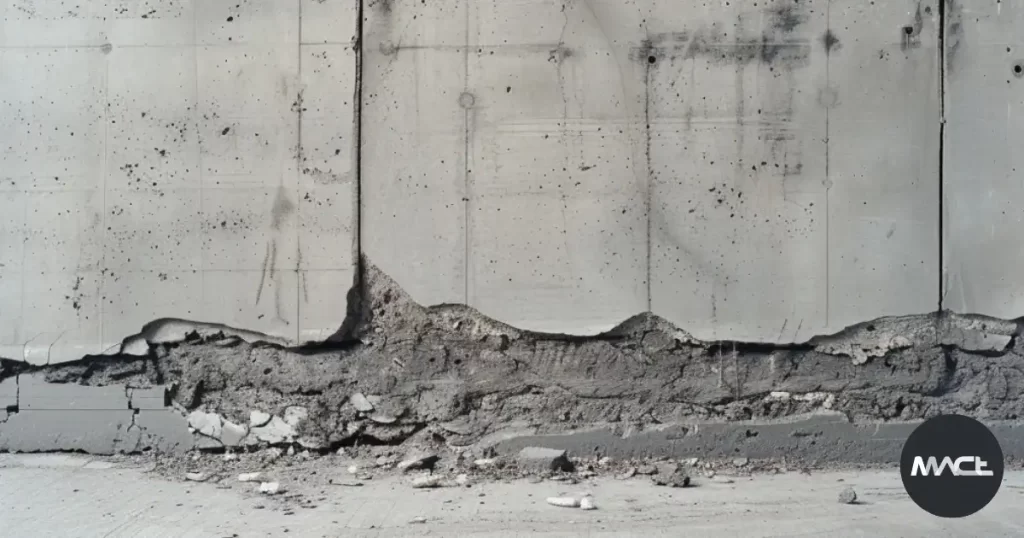
Concrete should feel relatively smooth to the touch, depending on its finish. If you notice that the surface feels rougher than usual, it might be due to the sealer wearing away. Surface roughness can occur for several reasons:
- Erosion: The sealer has been worn down by foot traffic, weather, or other factors.
- Surface Damage: Minor surface damage that the sealer previously protected against is now exposed.
A rough surface can trap dirt and debris more easily, making the concrete harder to clean and maintain. Reapplying the sealer will help restore the smooth finish and protect the surface from further damage.
Tips for Reapplying Concrete Sealer
Once you’ve determined that it’s time to reapply your concrete sealer, follow these steps to ensure the best results:
- Clean the Surface: Thoroughly clean the concrete to remove dirt, debris, and any old sealer remnants. Use a pressure washer for deep cleaning.
- Choose the Right Sealer: Select a sealer that is suitable for your concrete type and intended use. Consider factors like UV resistance, water repellency, and the desired finish.
- Apply Evenly: Follow the manufacturer’s instructions for application. Apply the sealer evenly using a roller, brush, or sprayer, and ensure complete coverage.
- Allow Proper Drying Time: Let the sealer dry and cure as recommended. Avoid using the surface until it is fully cured to ensure the best protection.
Conclusion
Regular maintenance of your concrete surfaces is essential to ensure their longevity and aesthetic appeal. Recognising the signs that it’s time to reapply your concrete sealer can save you from more extensive repairs and replacements down the line. By addressing issues like visible wear and tear, water absorption, peeling, discolouration, loss of shine, and surface roughness promptly, you can keep your concrete looking great and performing well for years to come. Remember, a well-sealed concrete surface not only enhances its appearance but also provides critical protection against the elements and everyday wear and tear.
GFRC Training Course

Join the MACt GFRC Workshop on August 22-23, 2024, in Banyo, QLD. Learn expert techniques in mould design, form preparation, mixing, pouring, and finishing GFRC. Perfect for DIY enthusiasts, architects, and tradesmen. Early bird price is $1490 (regularly $2500). Don’t miss this opportunity to master GFRC!
